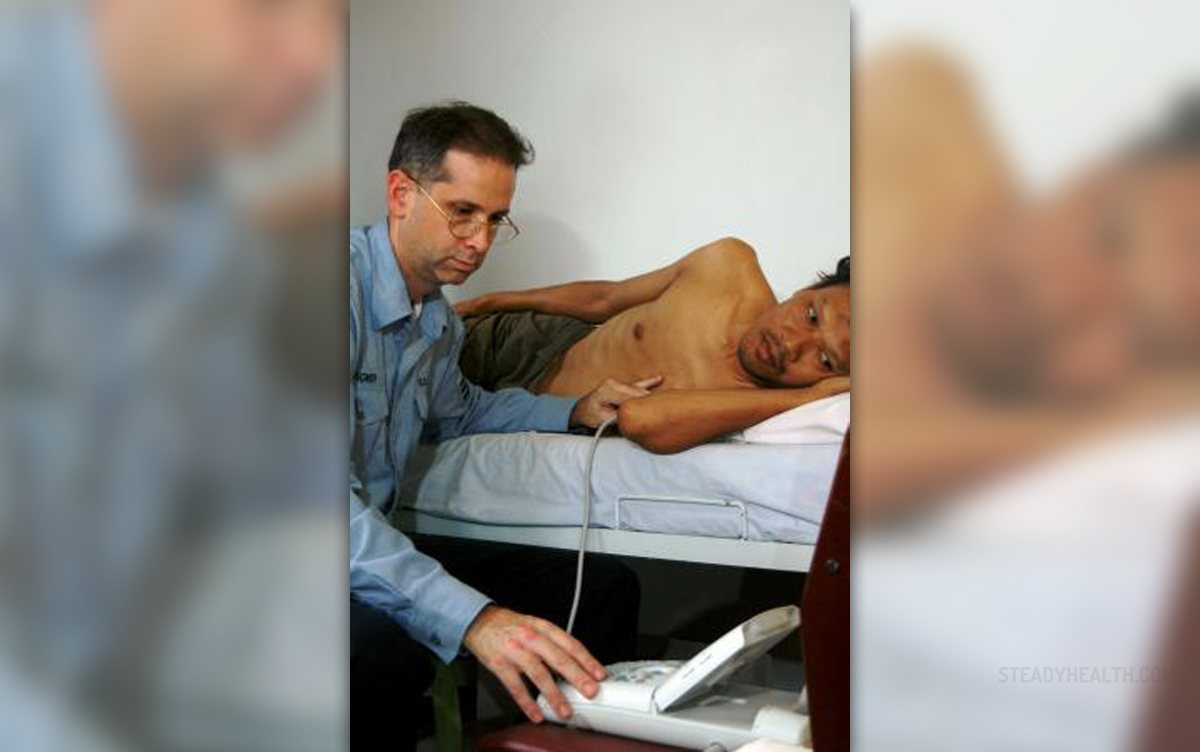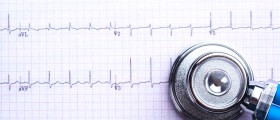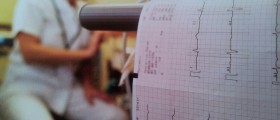
What Is Echocardiography?
Echocardiography is a medical exam during which the structures and function of the heart are examined with the assistance of the ultrasound. The procedure does not include any radiation and it provides with more information comparing to a standard chest X-ray. Echocardiography is an excellent diagnostic tool for valvular heart disease, evaluation of pumping function of the heart etc. It can also be used as a screening tool in diagnosing some other heart conditions. Furthermore, a type of echocardiography called Doppler ultrasound is an essential part of the exam and it provides with information regarding blood flow through the heart's chambers and valves.
There are several types of echocardiography: transtoracic echocardiography, transesophageal echocardiography and stress echocardiography. The very procedure is done in a doctor's office or a hospital and should always be performed by a well-experienced specialist.
Who Should Have Echocardiography?
There are many heart conditions that can be diagnosed with this method and many more that can be regularly monitored.
For example, the procedure provides with sufficient information regarding valve function e.g. systolic or diastolic murmurs. During the procedure the doctor evaluates the left ventricular function, systolic diastolic and regional wall motions such as suspected heart failure. It is performed prior to heart surgery and also after when the results are compared.
Furthermore, this is an excellent tool for conforming or ruling out suspected endocarditis, myocarditis and pericarditis. It can also easily confirm cardiac tamponade, a serious condition and a medical emergency.
People who have had a cardiac infarction are always examined with echocardiography since the procedure can reveal potential complications such as pericardial effusion, MR VSD etc.
The ultrasound can perfectly visualize intracardial masses (tumors or thrombus) and is also highly effective when it comes to diagnosing arrhythmias.
During the procedure the doctor can estimate intracardiac and vascular pressure (pulmonary artery pressure) and confirm or rule out suspected pulmonary hypertension. And finally, the method is highly suitable for confirming congenital heart diseases.
Being such a remarkable diagnostic tool echocardiography is used in a majority of patients suffering from various heart conditions.
Risks and Complications of Echocardiography
During transtoracic echocardiography the doctor uses a wand-like device called a transducer around the chest and obtains images of the heart while in case of transesophageal echocardiography the transducer is placed down the throat. Patients can get back to their regular activities immediately after the exam. There are actually no risks associated with transtoracic echocardiography. In case of transesophageal echocardiography the risk is connected with medications administered to patients in order to relax and allow easier examination. Furthermore, this type of examination also carries a risk of minor throat injury. Stress echocardiography may cause an increase of heart rate but, fortunately, there are no serious complications.

















Your thoughts on this
Loading...